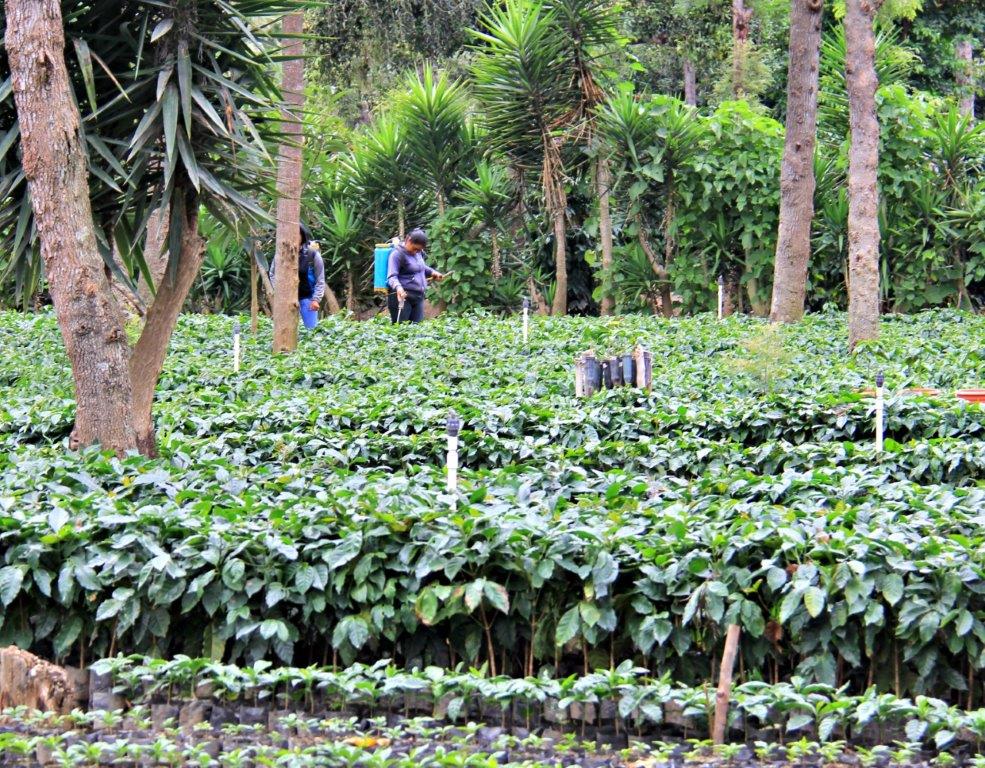 As we were traveling in Central America, home to some of the world’s best coffee, we took the opportunity to visit a coffee plantation in Antigua, Guatemala. We are huge coffee fans and it was too good an opportunity to miss seeing firsthand how coffee is grown and processed to get the perfect cup of coffee.
As we were traveling in Central America, home to some of the world’s best coffee, we took the opportunity to visit a coffee plantation in Antigua, Guatemala. We are huge coffee fans and it was too good an opportunity to miss seeing firsthand how coffee is grown and processed to get the perfect cup of coffee.
It’s amazing how much work, most of it by hand, goes into growing and processing coffee. And that’s before we even get to the roasting of the coffee beans. For this post we have teamed up with www.gourmesso.com to show you just what it takes to make the perfect cup of coffee.
Robusta and Arabica Coffee
Most of the world’s coffee is grown in a zone within 30 degrees north or south of the equator. Altitude, which creates a cooler climate, also seems to be a common element of many regions. Within Central America, the highlands of Panama, Costa Rica and Guatemala produce the best coffee.
There are two species of coffee, robusta and arabica. As the name implies robusta, is a more robust and stronger-tasting coffee, higher in caffeine as well. Robust not just in taste, the actual plant itself is more robust, with thicker root stock enabling it to withstand a wider range of growing conditions and still thrive. Arabica is tastier and the plant itself is “delicate.”
Much robusta coffee is grown in Vietnam and Brazil. Instant coffee is often made from robusta that is freeze-dried. Vietnamese style coffee uses robusta beans. Arabica is what most of us would commonly drink, especially if you are after the perfect cup of coffee.
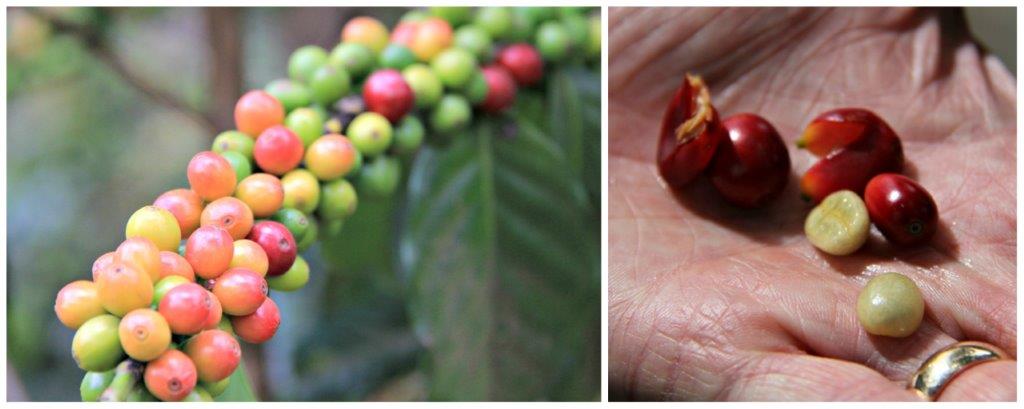
Operations at Finca Filidelfia, a Coffee Plantation
So, to get the best of both arabica and robusta, Finca Filidelfia, a coffee plantation near Antigua Guatemala, grafts the arabica plant onto the robusta root stock. This happens by hand in the nursery on site. These plants are then nurtured until they are ready to be planted in the ground some 12-18 months later.
After about 3-4 years, the plant begins to bear fruit and it is finally ready to be harvested for the first time. A mature plant will produce coffee for about 40 years. To protect the coffee plants, grevillea trees are planted to provide a layer of shade.
Harvesting the Coffee Beans
Between December and April each year the beans begin to ripen and are ready for harvest. By hand! Workers pass through the plantation picking the plump red “cherries”. The whole plant does not ripen at the same time. Each tree will require several passes, usually several weeks apart, to pick the cherries or seeds as they mature.
One person picks 100 to 200 pounds of coffee cherries per day, producing 20 to 40 pounds of coffee beans. The cherries are weighed and the worker is paid a rate per pound.
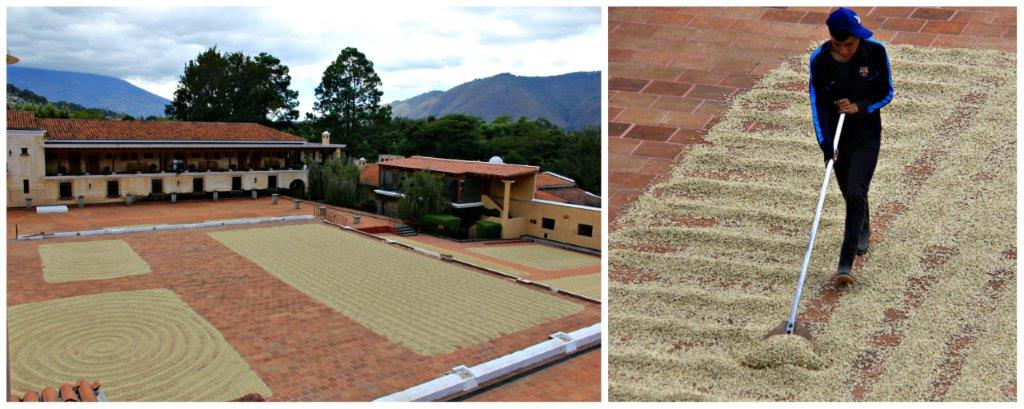
Processing the CoffeeBeans
The red husk needs to be removed to reveal a small, greenish-colored seed wrapped in a wet white mucilage. The mucilage also must be removed. Finca Filidelfia uses a wet process to remove the mucilage.
The heavy ripe beans sink to the bottom, while the lighter beans float to the top. Rotating drums and a series of water channels further separate the beans by size. The beans remain in water for 12-24 hours to naturally remove the mucilage from the seed.
When the wet processing is complete, the hard, inner seed, commonly known as a bean at this point in the process, is ready for drying.
Using the huge patios near the processing facility, the beans are laid out in a thin layer where they are left to air dry in the sun. They are “raked” constantly to ensure an even drying occurs. The drying process can take about a week. The beans are dried until 10-12% moisture remains.
At the end of the drying process there remains a silvery parchment layer on the bean, this is removed by hulling the beans in a machine. Once that layer is removed the beans are sorted by size and packed into large jute or sisal bags.
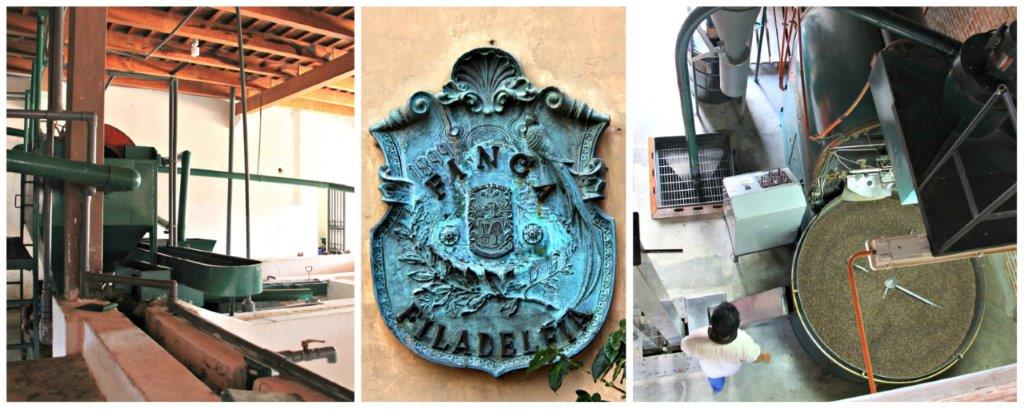
Ready to Export
Most coffee from Guatemala is exported as green beans to coffee roasters around the world. This is for several reasons:
- Once coffee is roasted it begins to deteriorate. So the green beans are better for transport and will last until they are roasted.
- Roasting can be adjusted for local tastes and standards. Many of the world’s small roasters pride themselves on attempting to achieve the perfect roast.
Finca Filidelfia does do some roasting on site, both under their own brand and for other coffee brands. The tour of the coffee plantation ends with a look through the roasting facility and a tasting of coffee.
If you do go to the plantation for a tour, the restaurant, Cielo Restaurant is highly recommended. The food is fantastic and the onsite gift shop is worth a look. You can purchase coffee to take home.
Oh, and for the record, the coffee is fantastic.

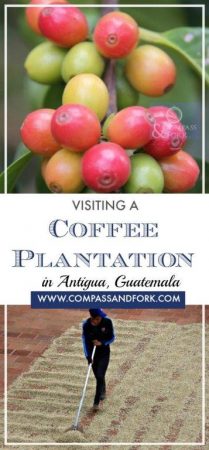
Leave a Reply